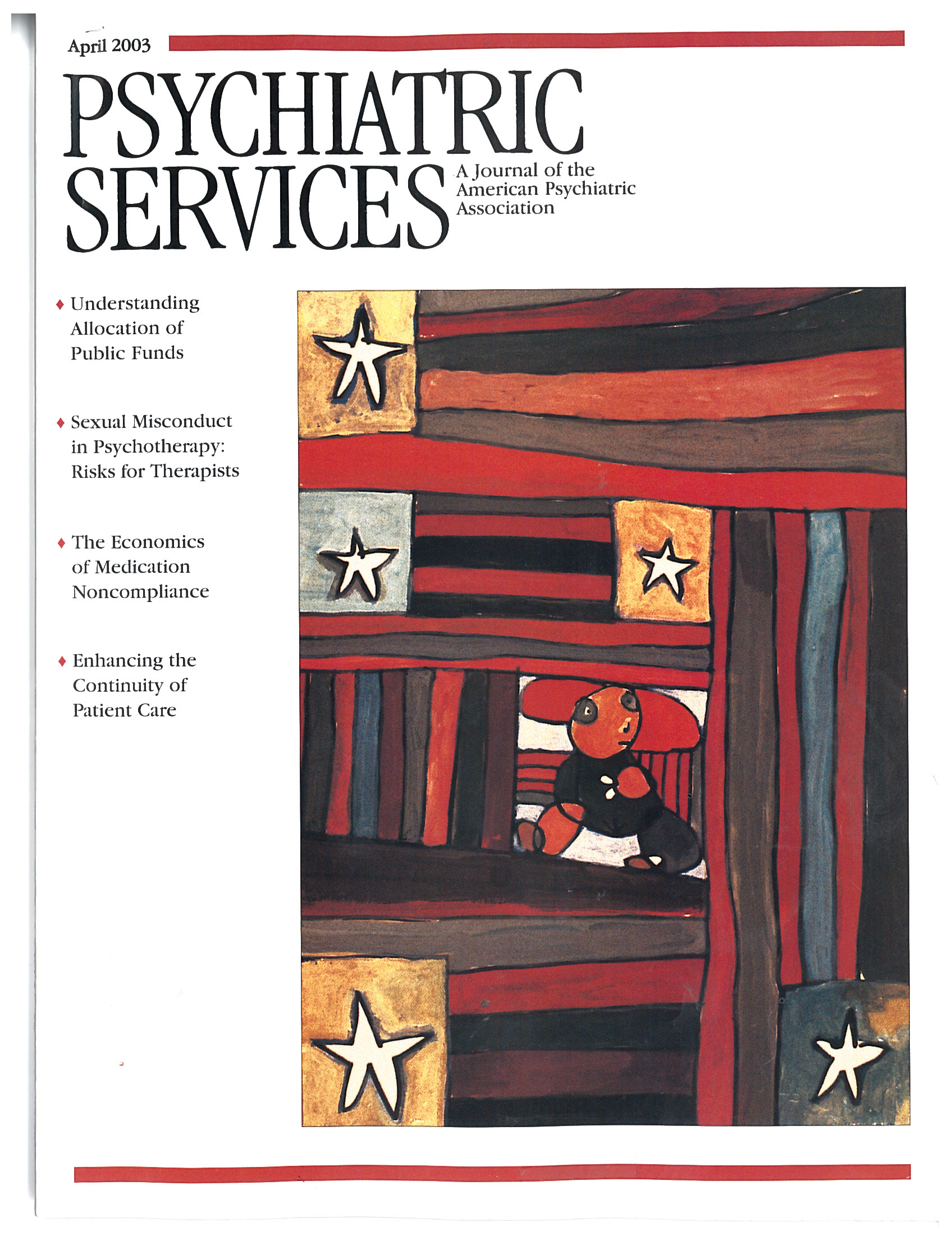Combination Antipsychotic Therapy in Clinical Practice
In Reply: We thank Dr. Parker for his careful review of our article and his cogent comments. He correctly notes that we surveyed clinicians at only one of the divisions of our health care system and that a larger sample may have strengthened our conclusions. However, the choice of sample should not decrease the value of the results. The results are sufficiently significant to conclude that providers continue prescribing a conventional antipsychotic in addition to an atypical agent for two reasons: first, the provider believes that the patient's positive symptoms are responding to the combination; second, in the process of switching from one medication to another, the provider believes that the combination is the ideal pharmacologic intervention.
Dr. Parker also correctly notes that measuring the level of patients' improvement would have added useful information. Although this was not the goal of our study, it is, as we stated, important information to bring to the field. We have submitted a follow-up report with these data. However, rather than using the Clinical Global Impression scale, as Dr. Parker suggests, we used the Positive and Negative Syndrome Scale, which enabled us to determine whether positive symptoms had improved, as was suggested by the clinicians' impressions in our survey.
The value of combination antipsychotic therapy will continue to be a matter of interest for clinicians as long as we lack conclusive studies that clarify the benefits and risks of this pharmacologic intervention, and Dr. Parker is rightfully adding his opinions and questions to this debate. Far from answering all the questions that this practice raises, our study attempted to find out why clinicians proceed with long-term use of more than one of antipsychotic agent. Our study sheds some light on the rationale behind antipsychotic polypharmacy, but clearly more studies need to be conducted to assess the value of this practice.



